National Coalition on Truck Parking: Parking Capacity Working Group - Creative Uses of the Right-of-way and Adjacent Areas
Printable Version [PDF 864KB]
You may need the Adobe® Reader® to view the PDFs on this page.
Contact Information: Freight Feedback at FreightFeedback@dot.gov

U.S. Department of Transportation
Federal Highway Administration
Office of Operations
1200 New Jersey Avenue, SE
Washington, DC 20590

The purpose of this document is to provide examples of successful, low cost solutions for creating more truck parking by using existing facilities in the right-of-way (ROW) or adjacent to the ROW. The document includes case studies from across the country that are divided into categories of facility types: rest area conversions, parking at weigh stations, parking at tourism centers, and others.
Application of these examples to other locations would need to consider local traffic conditions, applicable Federal requirements, individual State design standards, and applicable guidelines from the American Association of State Highway and Transportation Officials (AASHTO).
Rest Area Conversions
Rest Areas Repurposed for Truck Parking – Statewide, Missouri
The Missouri Department of Transportation (MoDOT) has converted ten rest areas and seven former weigh stations to truck parking facilities to meet the growing demand for commercial vehicle parking.
The truck parking facilities are located near Platte City, Coffey, Kearney, Joplin (Westbound), Strafford, Doolittle, Steele, Bloomsdale (Southbound), Charleston, Mineola, Odessa and St. Joseph, Mo. MoDOT opted to convert the sites to truck parking to help meet the needs of commercial vehicles and decrease the renovation and upkeep costs associated with traditional rest areas.
Truck parking is also available at the remaining rest areas in Mound City, Rockport, Dearborn, Lathrop, St. Clair, Halltown, Fruitland, Bloomsdale (Northbound), Wright City, Concordia and Boonville. At MoDOT welcome centers near Eagleville, Joplin (Eastbound), Conway, Hayti, and Marston, truck parking areas tend to be larger than those at rest areas.
One notable conversion, that of the Joplin rest area on westbound Interstate 44, came about because it was located about 20 miles away from a rest area in Oklahoma that provided similar services.
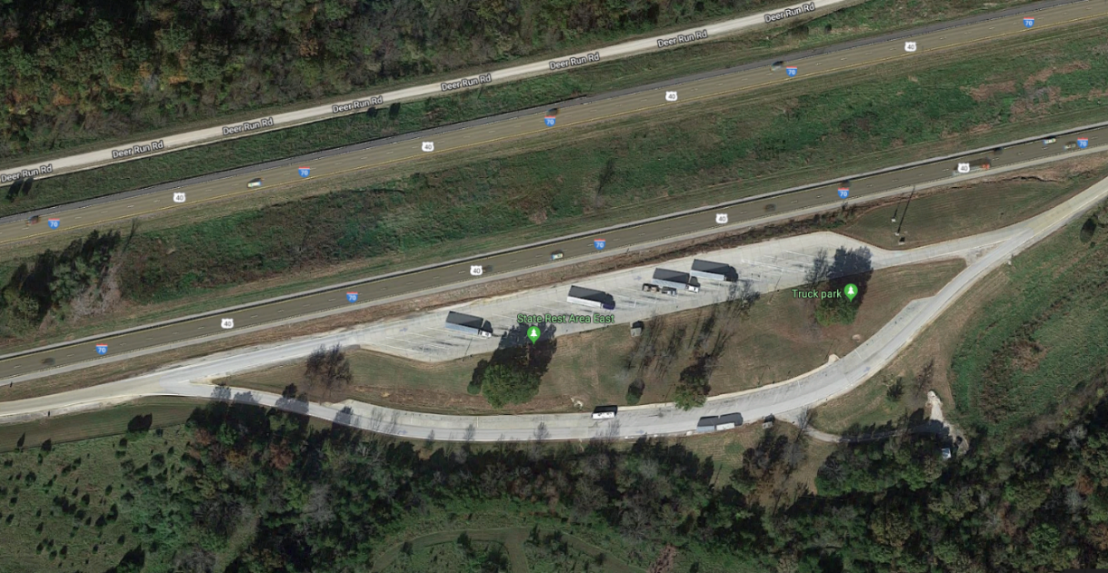
Figure 1: Aerial view of a Missouri rest area converted to provide truck parking.
Source: Map data ©2018 Google, DigitalGlobe.
Rest Areas Repurposed for Truck Parking – Statewide, South Dakota
Similar to Missouri's efforts, the South Dakota Department of Transportation has decided to convert some rest areas to truck-only parking facilities. Rest areas that have already been converted include the Interstate 29 North/South Hidewood Rest Area and Interstate 90 East/West Tilford Rest Area. Making these conversions has allowed the State to save on operation costs and to provide additional parking to drivers.

Figure 2: Truck-only parking facility on Interstate 90 between Rapid City and Sturgis.
Source: Map data ©2018 Google, DigitalGlobe.
Truck Parking at Weigh Stations
Truck Driver Convenience Areas at Weigh Stations – Tampa, Interstate 4, Florida
The State of Florida installed 24-hour restrooms and vending machines at weigh stations on Interstate 4, just east of the City of Tampa. These convenience areas will accommodate overnight truck parking.
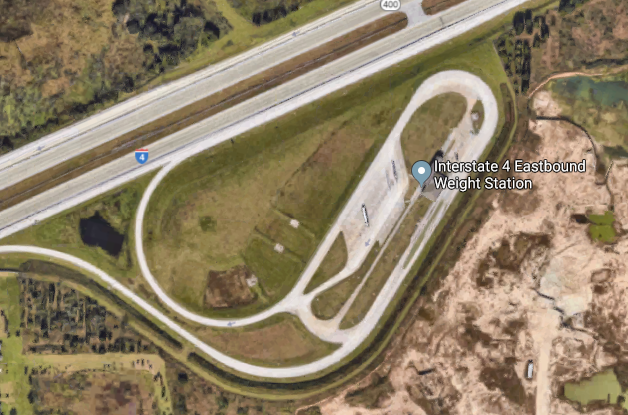
Figure 3: Aerial view of the trucker convenience area at a weigh station near Tampa.
Source: Map data ©2018 Google, DigitalGlobe
Parking at Weigh Stations – Statewide, Kentucky
Three weigh stations in Kentucky offer long-term truck parking: Lyon County westbound (Interstate 24), Lyon County eastbound (Interstate 24), and Simpson County (Interstate 65). The Lyon County stations offer use of the weigh scale house's indoor bathrooms during working hours, but truck drivers do not have access to bathroom facilities when weigh stations are closed. The Simpson County weigh station has portable toilets available.

Figure 4: Aerial view of truck parking facilities at Boone County weigh station on Interstate 71 southbound
Source: Map data ©2018 Google, DigitalGlobe.
Four weigh stations in Kentucky—Boone County (Interstate 71), Kenton County (Interstate 75), Laurel County northbound (Interstate 75), and Laurel County southbound (Interstate 75)—are "Rest Havens," providing long-term parking, restrooms, telephones, and vending machines for truck drivers.1
The State of Kentucky communicates to truck drivers that truck parking is available at a particular weigh station by including a specific icon on signage.
Parking at Weigh Stations – Statewide, Maryland
Parking is permitted at eight weigh stations in Maryland when the station is closed.2 They are most often used when the State has announced a snow emergency. Truck parking availability at weigh stations is advertised via Maryland's 511 system.
The State of Maryland also allows trucks to park in park-and-ride lots during inclement weather.
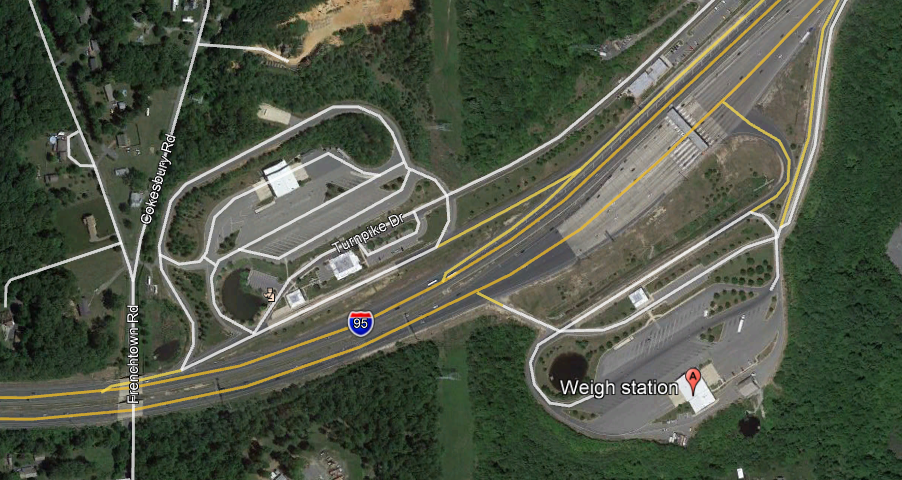
Figure 5: Aerial view of truck parking facilities at the Perryville, Maryland weigh station.
Source: Maryland Department of Transportation State Highway Division.
Table 1: List of weigh stations in Maryland and the number of trucking parking spaces available at each.
| Location | Spaces |
|---|---|
| Cecilton | 25 |
| Conowingo – US 1 Southbound | 7 |
| Finzel – I-68 Eastbound | 12 |
| Hyattstown – I-270 Northbound | 12 |
| Hyattstown – I-270 Southbound | 12 |
| New Market – I-70 Eastbound | 15 |
| Perryville – I-95 Northbound | 59 |
| Perryville – I-95 Southbound | 52 |
| Vienna – US 50 Eastbound | 12 |
| West Friendship – I-70 Westbound | 18 |
Source: https://www.roads.maryland.gov/index.aspx?PageId=546#Location.
Truck Parking at Tourism Centers
Parking at Tourist Information Center/Welcome Center – Atchafalaya, Interstate 10, Louisiana
The Butte La Rose Rest Area and Tourist Information Center (also known as Atchafalaya Welcome Center) at mile marker 122 in St. Martin Parish has segregated parking for 50 automobiles and 47 trucks within the cloverleaf of the interchange, serving traffic in both directions. It provides 12-hour security, vending, and wireless internet. The Butte La Rose Rest Area and Tourist Information Center is the only truck parking location on Interstate 10 between Texas and the Mississippi River Bridge in Baton Rouge, Louisiana. It has the largest capacity for public truck parking of all the rest areas in Louisiana. The Atchafalaya Basin Bridge carries Interstate 10 over the Atchafalaya Basin. It is the third longest bridge in the U.S. and the second largest on an interstate road, making suitable and accessible truck parking essential.
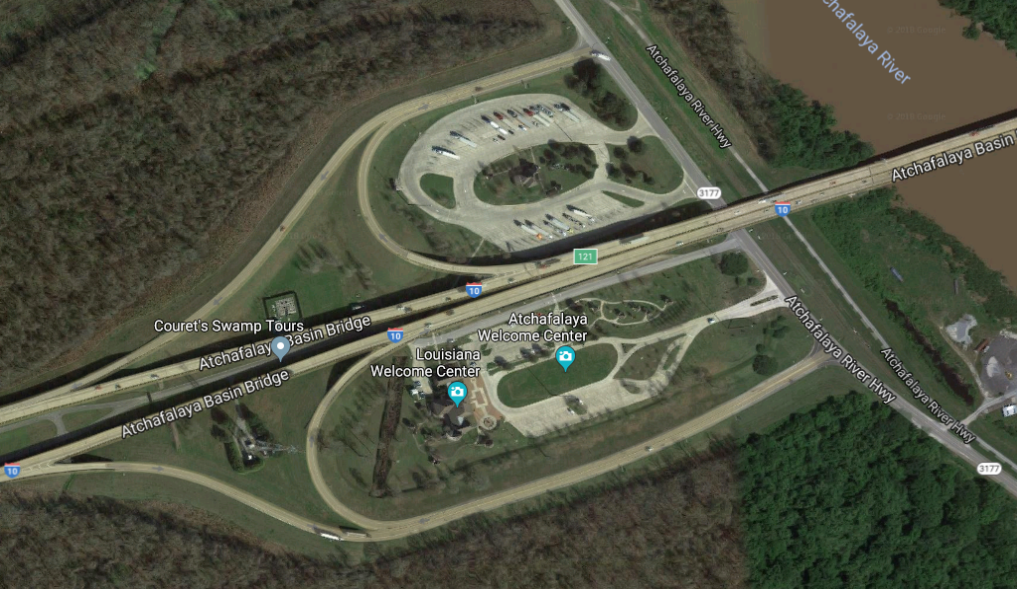
Figure 6: Aerial view of truck parking facilities at the Butte La Rose Rest Area and Tourist Information Center (also known as Atchafalaya Welcome Center).
Source: Map data ©2018 Google, DigitalGlobe.
Truck Parking at Tourism Center – Brainerd, U.S. 371, Minnesota
The Minnesota Department of Transportation partnered with the Brainerd Lakes Chamber of Commerce, Crow Wing County, the Minnesota Department of Natural Resources, and the Minnesota State Patrol to create a Tourism Center on U.S. 371 that includes truck parking. The partnership between the Department of Transportation, the counties, and other State agencies is unique. Truck drivers are able to enter and exit the area within the right of way. The Tourism Chamber operates the facility, which has a lounge with snacks, bathrooms, and telephone and computer/internet access. A gift shop featuring local products helps fund the operation of the facility.
Other Examples of Creative Uses of Right-of-way
Truck Parking Inside an Interchange – Big Springs, Interstate 80 and US 138, Nebraska
The State of Nebraska has created truck parking inside a half cloverleaf interchange where Interstate 80 and US 138 merge, located a little over 6 miles west of the village of Big Springs. The interior of one of the half cloverleafs was stabilized and then surfaced with gravel. Between 100-200 trucks park in the interchange each night. There are no facilities or services at this site except garbage bins. The land is owned by the State of Nebraska and is illuminated by two adjacent (existing) high mast tower light poles. It is a very low-cost facility to build, operate, and maintain.
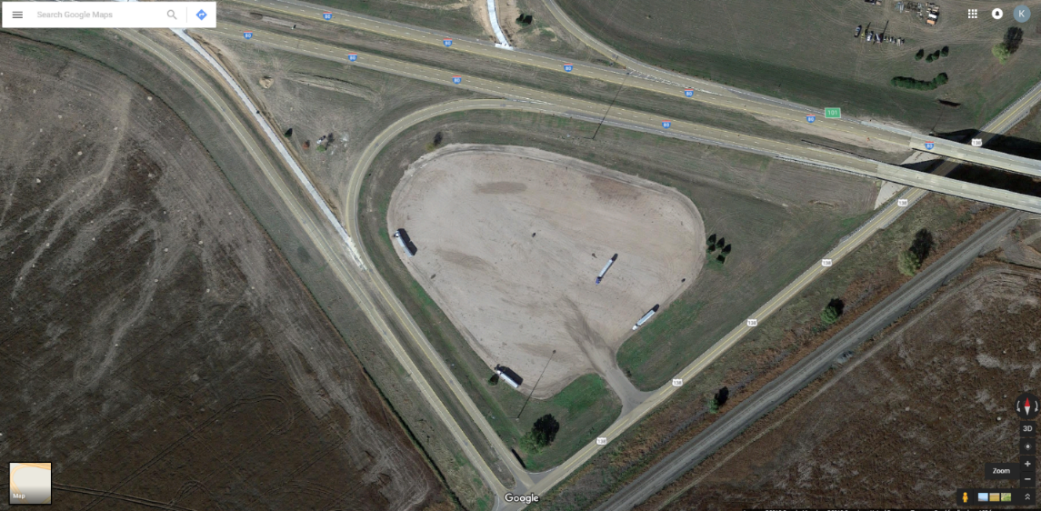
Figure 7: Aerial view of parking area at Big Springs, Nebraska.
Source: Map data ©2018 Google, DigitalGlobe.
Golden Glades Truck Travel Center – Miami-Dade County, Interstate-95, Florida
The southwest quadrant of the Golden Glades Interchange in northern Miami-Dade County accommodates two Florida Department of Transportation (FDOT)-owned parcels comprising of a park and ride transit facility, Florida Highway Patrol emergency management area, and tandem truck parking area. The Golden Glades Truck Travel Center (GGTTC) seeks to redesign the east parcel. The private sector assigns a lower premium to the development of truck parking facilities over commercial or residential developments in this geographic area. Of the available 56.6 million square feet of developable industrial land use in the Miami-Fort Lauderdale-West Palm Beach metropolitan area, 40 million square feet are estimated to be in demand for warehousing over the next five years.
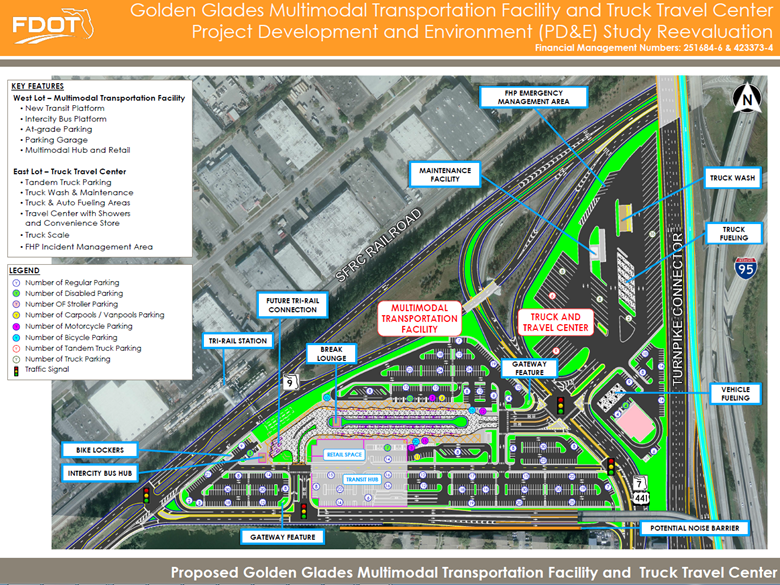
Figure 8: Proposed design of Golden Glades Multimodal Transportation Facility and Truck Travel Center.
Source: FDOT.
The GGTTC seeks to tackle the huge truck parking deficit in the metro area given the private sector output has trail truck parking demands over the years. The GGTTC is envisioned as a Public-Private-Partnership which allows the State to meet its transportation needs while enhancing the regional economy. This creative use of public right-of-way urges other metropolitan transportation agencies to look at public right-of-way in search of opportunities for consolidation/densification of services and feasible land for truck staging/parking development in close proximity to the highway system.
Parking at Farmers' Markets – Statewide, Florida
The State of Florida offers paid parking for truck drivers at eight of the 12 farmers' markets owned by the Department of Agriculture. The markets provide truck weigh scales, and are partially funded by truck scale fees.3 The facilities provide parking for drivers who live in the area as well as for drivers who are passing through. Some markets require drivers to move their trucks while the market is in operation.
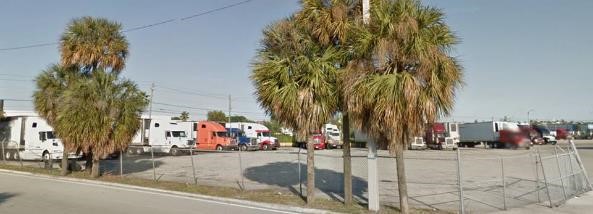
Figure 9: Trucks Parked at the Pompano Beach State Farmers Market.
Source: Map data ©2018 Google, DigitalGlobe.
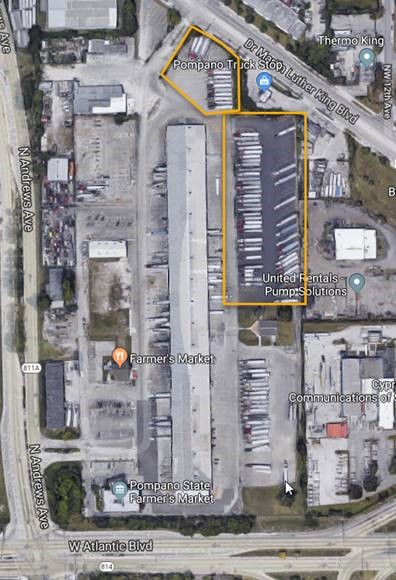
Figure 10: Pompano Beach State Farmers Market.
Source: Map data ©2018 Google, DigitalGlobe.
Truck Turnouts Areas – Interstates 25, 80, and 90, Wyoming
Wyoming Department of Transportation (WYDOT) has 17 truck turnout areas intended to be used for truck parking on Routes 25, 80, and 90. They each accommodate about 10 to 15 trucks.4 The example below is located on I-25 south/east of Casper, Wyoming. This facility has a center aisle and parallel truck parking on both sides of the aisle. This type of facility requires sufficient ROW to place truck parking outside of the safety clear zone and still accommodate roadside facilities, such as drainage. Between 270 and 300 feet of ROW is desirable. These facilities provide basic space for parking off the roadway without restrooms or other amenities. Maintenance is conducted by crews maintaining the adjacent roadway section, keeping costs low. This layout is possible in rural areas, where the adjacent land uses are compatible with truck parking in the ROW. It works well in lower volume corridors with large spacing between interchanges and good visibility of deceleration and acceleration lanes.
To view truck parking locations on Wyoming's Interstates, please visit http://www.dot.state.wy.us/files/live/sites/wydot/files/shared/Public%20Affairs/Maps/Truck%20parking%20map.pdf.
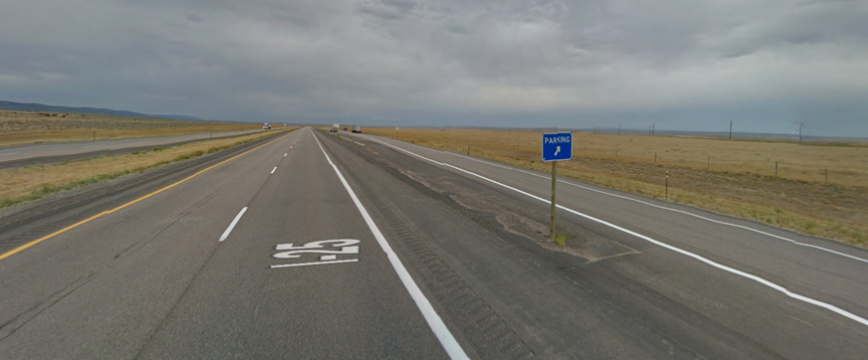
Figure 11: Street view of truck turnout area in Casper, Wyoming.
Source: Map data ©2018 Google, DigitalGlobe.
The examples in this report show innovative solutions for truck parking applied in a range of situations. Suitability in other locations will depend on applicable Federal laws, State standards, and site-specific considerations. This document is disseminated under the sponsorship of the U.S. Department of Transportation in the interest of information exchange. The U.S. Government assumes no liability for the use of the information contained in this document. This report does not constitute a standard, specification, or regulation. It does not create any requirements other than those stipulated in statute or regulation. The U.S. Government does not endorse products or manufacturers. Trademarks or manufacturers' names appear in this report only because they are considered essential to the objective of the document. They are included for informational purposes only and are not intended to reflect a preference, approval, or endorsement of any one product or entity.
1 https://transportation.ky.gov/Planning/Documents/Freight%20Planning/FHWA/2016SizeWeightReport.pdf [ Return to note 1. ]
2 https://roads.maryland.gov/index.aspx?PageId=546#Location [ Return to note 2. ]
3 https://www.freshfromflorida.com/Business-Services/State-Farmers-Markets [ Return to note 3. ]
4 http://www.dot.state.wy.us/files/live/sites/wydot/files/shared/Public%20Affairs/Maps/Truck%20parking%20map.pdf [ Return to note 4. ]